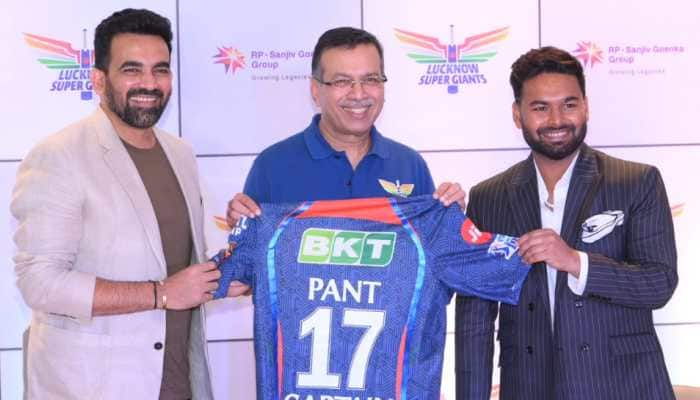What next after moratorium period is over? How to repay EMIs? Check these options
For the stressed borrowers RBI has announced a loan restructuring scheme for which the maximum time limit is 2 years.
- EMI Moratorium till August 31.
- Interest waiver to be credited on November 5.
- What lies ahead for loan borrowers?
Trending Photos
)
New Delhi: In the wake of coronavirus pandemic in the country, the Reserve Bank of India had in March announced a moratorium on repayment of EMIs and credit card dues for three months. The central bank later extended the moratorium period till August 31. As per the eligibility criteria mentioned in the guidelines, the accounts should be standard as on February 29 which means that it should not be Non-Performing Asset (NPA).
Housing loan, education loans, credit card dues, auto loans, MSME loans, consumer durable loans and consumption loans are covered under the scheme.
However, soon the borrowers knocked the doors of Supreme Court for being charged interest on deferred EMI payments under the moratorium scheme in the wake of the COVID-19 pandemic. To the borrowers respite, the Centre has now said that the difference between compound interest and simple interest will be deposited in the account of borrowers by November 5.
The Central Government has filed its detailed affidavit before the Supreme Court in connection with the loan moratorium case where it has stated that the interest waiver scheme can be availed by borrowers in specified loan accounts for a period from March 1 to August 31, 2020.
However, you might be wondering, once everything settles down --the moratorium period, the crediting of difference between interest on interest --you are still liable to pay the EMI for the loan that you have taken. Your montly installments of loan repayment still has to be made.
What does such borrowers do who are perhaps out of job? How to tide over the current crisis? The disruptions caused by COVID-19 have led to increased financial stress for borrowers across the board, creating a huge challenge of their debt burden.
For such borrowers, the RBI in its monetary policy in August had announced Prudential Framework on Resolution of Stressed Assets provides a principle-based resolution framework for addressing borrower defaults. Any resolution plan implemented under the Prudential Framework, which involves granting of any concessions on account of financial difficulty of the borrower, entails an asset classification downgrade except when accompanied by a change in ownership, subject to prescribed conditions.
Here is the impact that the RBI will have on your personal loans
The benefit will be extended to those borrowers who took the loan before March 31, 2020. Also these borrowers must not have not defaulted in paying any equated monthly instalment (EMI) till March 1, 2020. RBI added that resolution under this framework may be invoked not later than December 31, 2020 and must be implemented within 90 days from the date of invocation. However, the lending institutions should strive for early invocation.
Loan on Gold
As per extant guidelines, loans sanctioned by banks against pledge of gold ornaments and jewellery for non-agricultural purposes should not exceed 75 per cent of the value of gold ornaments and jewellery. RBI said, with a view to mitigating the impact of COVID-19 on households, it has been decided to increase the permissible loan to value ratio (LTV) for such loans to 90 per cent. This relaxation shall be available till March 31, 2021.
Understanding in simpler ways
Borrowers can avail the loan structuring scheme (24 months or two years maximum limit) if they are unable to pay EMIs due to financial constraints. However it must be borne in mind that the liability does not reduce with this. It only gives you a breathing space. Some banks also charge you for restructuring fee. December 31, 2020 is the last date for availing loan restructuring scheme.
Stay informed on all the latest news, real-time breaking news updates, and follow all the important headlines in india news and world News on Zee News.
Live Tv







)
)
)
)
)
)
)
)
)
)
